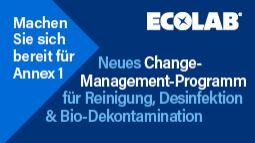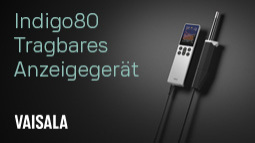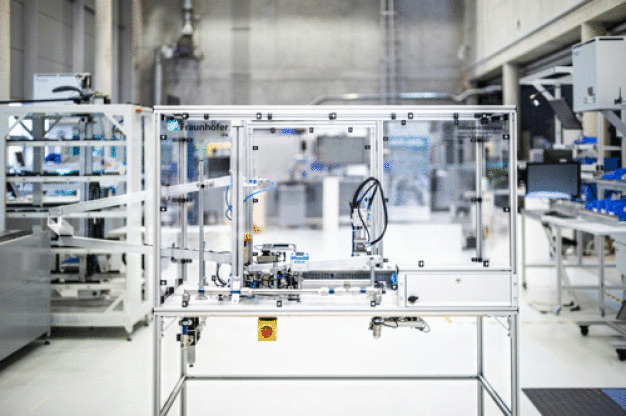- R+D & Community of Interest
Algorithms help to prevent compressed air wastage
Wastage could be cut by up to 30 per cent: most compressor units run inefficiently. Numerous leaks allow air to escape, but detecting these is tricky. Researchers at the Fraunhofer Institute for Manufacturing Engineering and Automation IPA now propose to leverage the benefits of Artificial Intelligence to tackle this wastage.
Around 60,000 compressor units are in operation at German companies. Together, they use up 16.6 TW⋅h of power each year, which equates to 7 per cent of the overall energy consumption of German industry. Professor Sauer, Head of Department for Energy Efficient Production (EEP) at Fraunhofer IPA and Head of the Institute for Energy Efficiency in Production at the University of Stuttgart, explains that “The costs for this could be reduced by up to 30 per cent per year”. He believes that potential savings could above all be realized as the majority of compressor units currently in use operate inefficiently. The reason? They are full of leakages.
Holes and kinks in the pipes and loose connections: These can be hard to detect. After all, it is often the case that some compressor unit components are not easily accessible, something which can present danger, too. The leakages can also be so minute that they are incredibly hard to detect with the naked eye, while in some cases, they cannot even be detected at all. Up until now, companies have used an ultrasound measuring device, which has been able to uncover areas from which air is escaping at frequency ranges inaudible to the human ear. Most companies tend to only conduct these tests once a year, or simply resolve to live with the problem of leakages.
Holes, kinks and loose connactions
Christian Dierolf and his colleague Christian Schneider intend to apply an approach rooted in Artificial Intelligence (AI) to identify leakages in compressor units and bring an end to waste. To this end, the two researchers have built a demo prototype as a first step.
They pump compressed air into the system using either an undamaged pipe or one featuring practically invisible holes, kinks or loose connections – the most common form of leakages for compressor units. While the naked eye is unable to detect the path taken by the compressed air, actuators are able to perform this task. The demo system therefore measures whether the air passes through the pipes with a greater or lesser degree of pressure, identifies the flow rate, the position of the actuators and the condition of the vents, as well as capturing the ultrasound signal.
Demo system as a database
All of this data is recorded and saved in the cloud synchronously. “The demo system essentially creates the basis for our data-led manufacturing research, for example by training self-learning algorithms”, the researchers explain. These algorithms are then to be applied to industrial applications at a later date. In this context, they will then not only be able to identify and localize any leakages, but at the same time provide a description and the serial number of the affected component via an app in future as well. The person attending to the compressor unit therefore no longer needs to search through a catalog. Instead, they can order a replacement in just a few clicks and keep the downtime to a minimum. “In addition to classifying the leakage, the focus is also on identifying the actuators present in the compressor network with minimal effort”, Dierolf explains.
However, as is the case with many other ideas that researchers have come up with, this is still some way off being a reality. The seminar “Intelligent Compressed Air – identify potential and increase efficiency with Industry 4.0 methods”, which is being held at Fraunhofer IPA in Stuttgart on November 6th, 2019, will showcase the methods that are already today being used to leverage efficiency potential and cut costs, with Industrie 4.0, among other concepts, playing a significant role in this.
![]()
Fraunhofer-Institut für Produktionstechnik und Automatisierung IPA
Nobelstraße 12
70569 Stuttgart
Germany
Phone: +49 711 970 1667
email: joerg-dieter.walz@ipa.fraunhofer.de
Internet: http://www.ipa.fraunhofer.de









